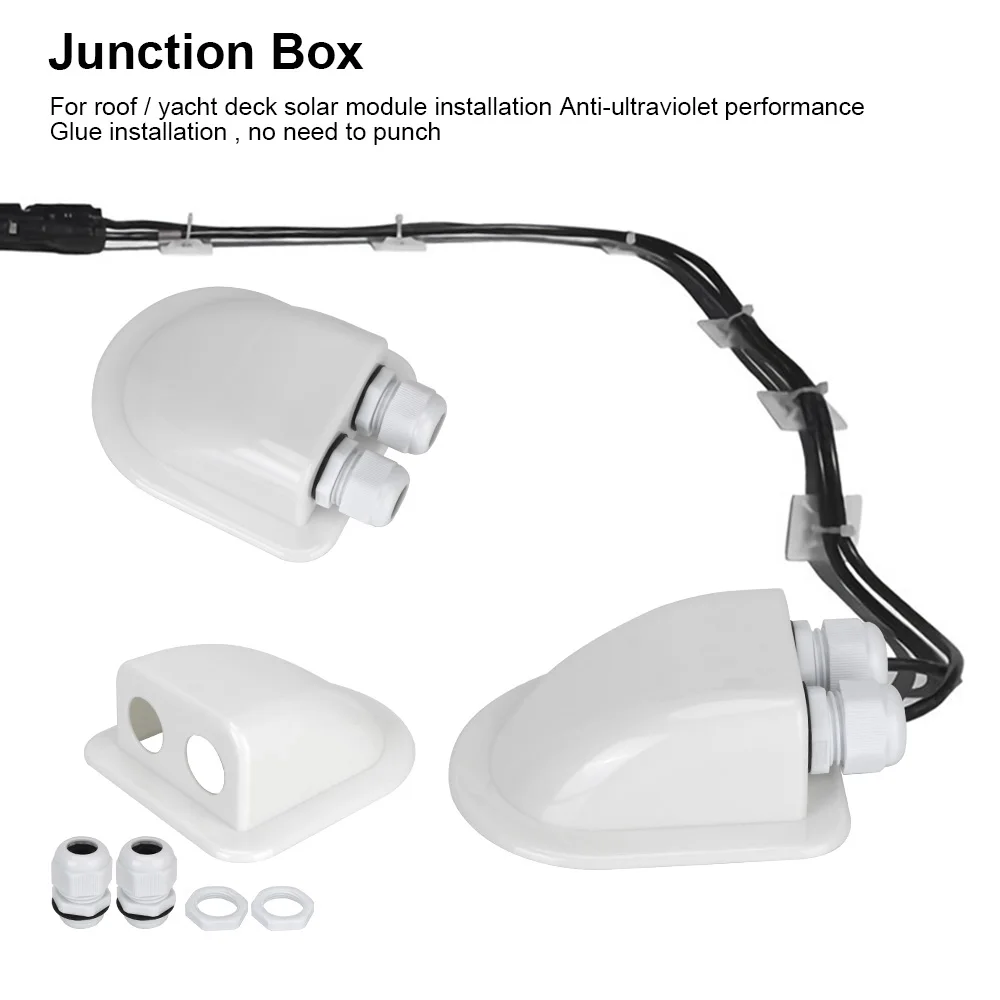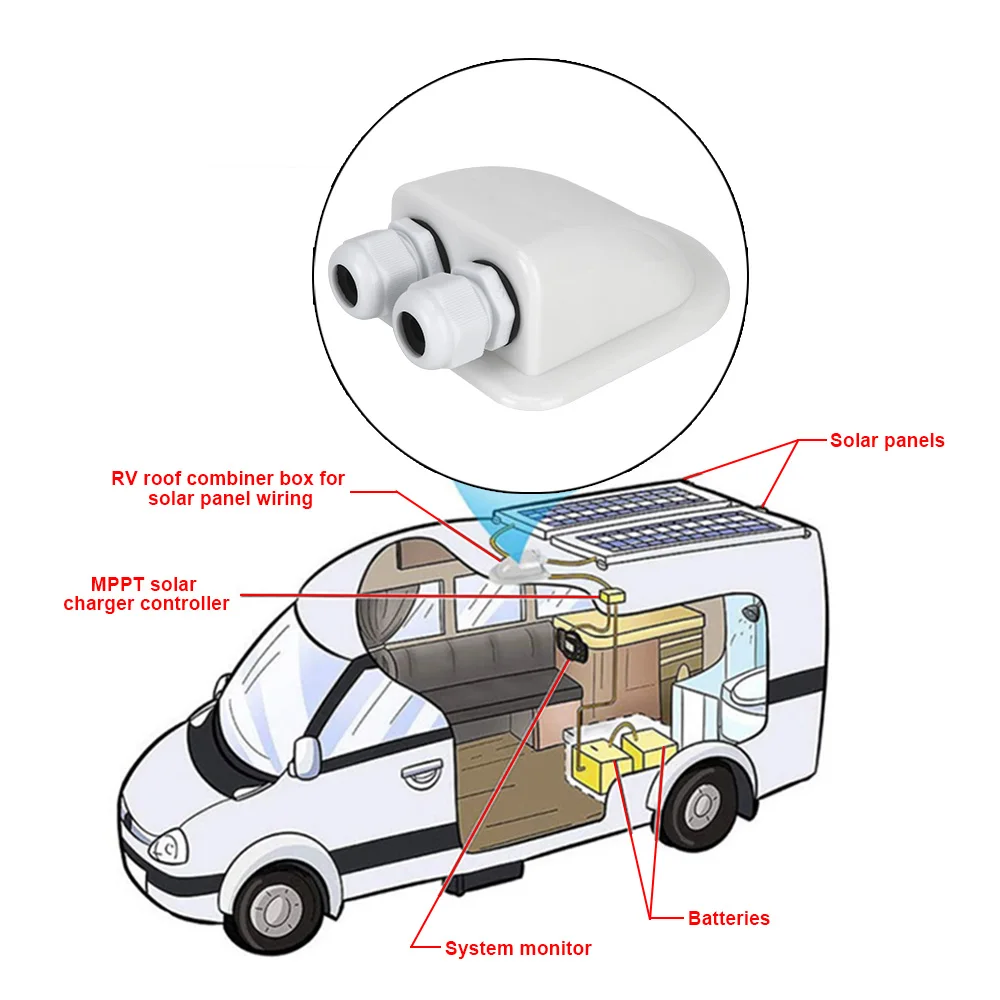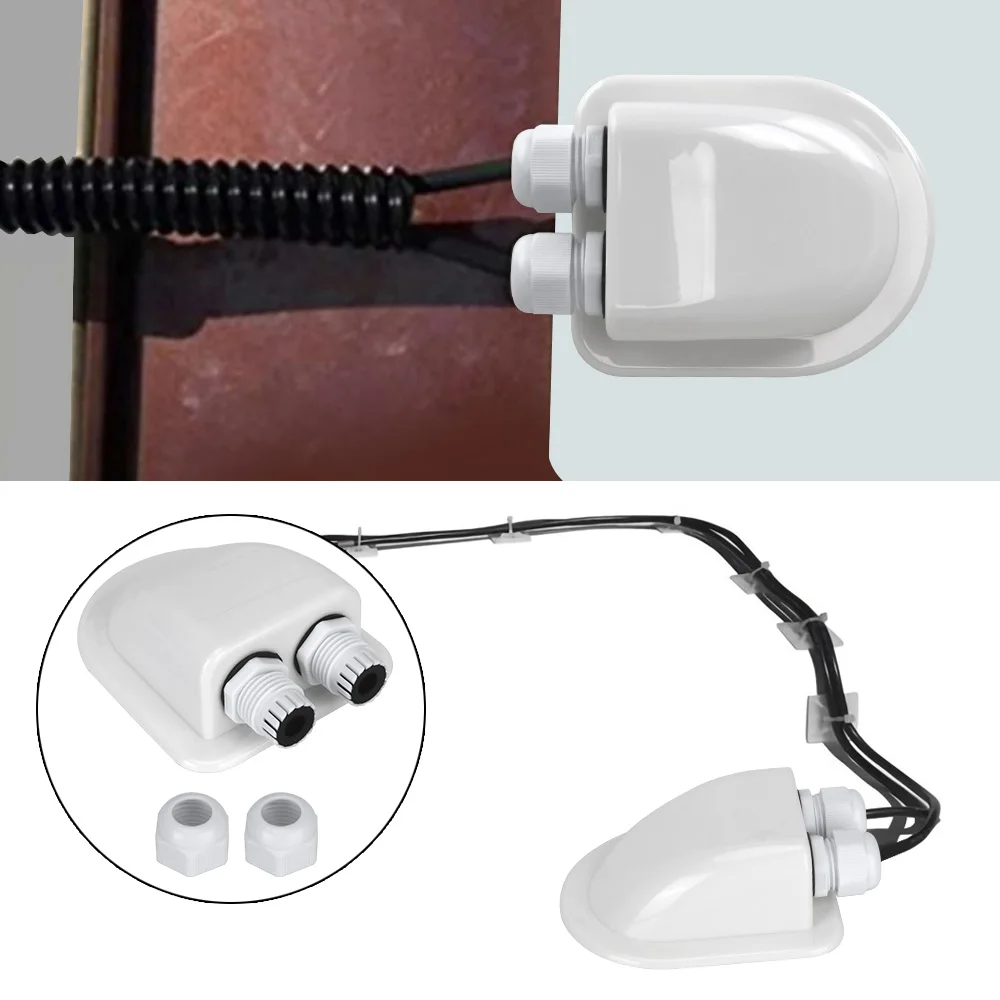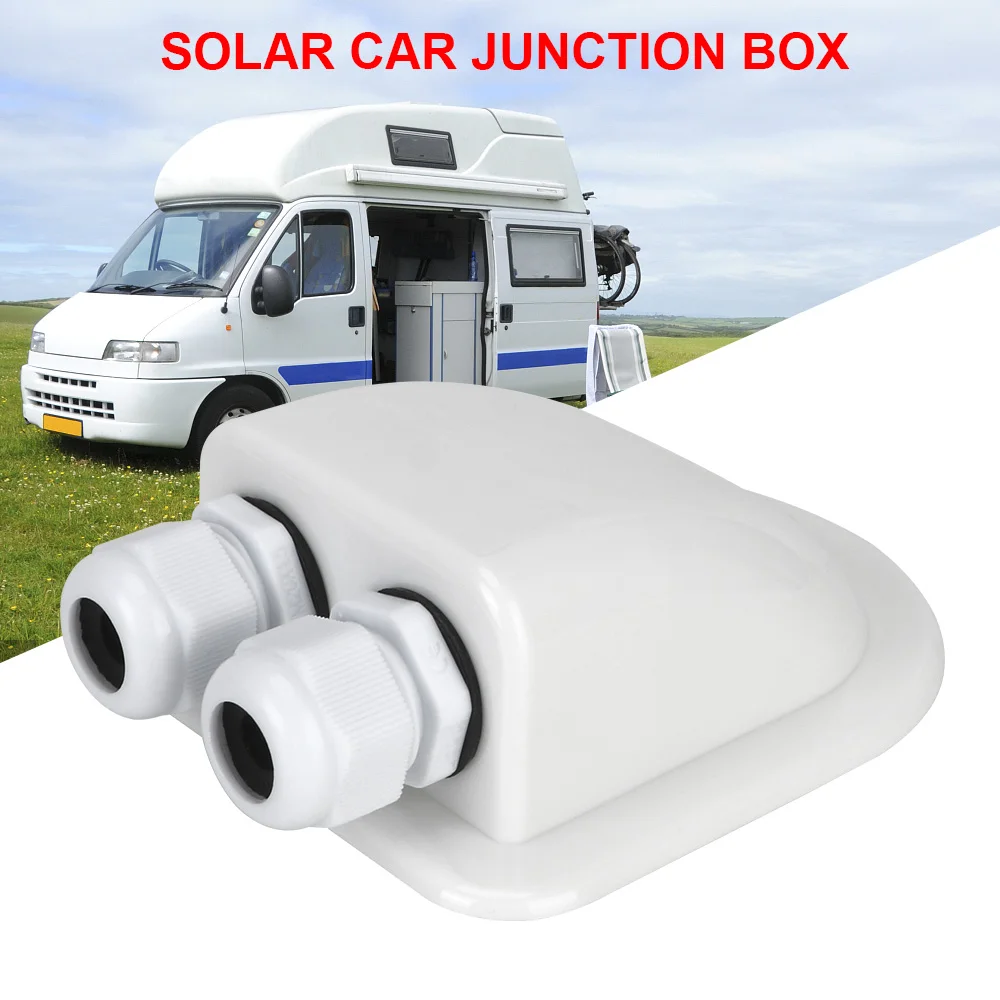
Boostez votre énergie solaire : Le boîtier de jonction RV ultime !
Long-tail keywords & LSI:
- Boîtier de jonction solaire RV étanche : installation facile, camping-car, caravane
- Améliorer l'efficacité panneau solaire RV : choix boîtier de jonction, régulateur
- Boîtier de jonction RV solaire : caractéristiques, ampérage, tensions, sécurité
- Installation boîtier de jonction solaire caravane : câblage, branchement, tutoriel
- Boîtier de jonction solaire camping-car : protection surtension, surintensité, diodes
- Comparatif boîtier de jonction solaire RV : prix, qualité, marques, modèles
- Maintenance boîtier de jonction solaire RV : inspection, remplacement, nettoyage
- Optimiser production énergie solaire RV : dimensionnement, boîtier, performance
- Boîtier de jonction submersible solaire RV : résistance aux intempéries, humidité
- Kit de connexion solaire RV : boîtier de jonction, câbles, connecteurs, accessoires
- Boîtier de jonction solaire RV DIY : fabriquer, composants, schéma, tutoriel
- Comment choisir boîtier de jonction solaire RV : puissance, nombre panneaux, voltage
- Les meilleurs boîtiers de jonction solaire RV : avis, comparatif 2024, recommandation
- Boîtier de jonction solaire mobile home : compatibilité, installation, branchement facile
- Problèmes boîtier de jonction solaire RV : surchauffe, corrosion, solutions
- Connecter panneaux solaires RV : boîtier de jonction, schémas, séries, parallèles
- Boîtier de jonction solaire RV : fusible, protection, diode de blocage, protection
- Précautions installation boîtier de jonction solaire RV: sécurité électrique, courant continu
- Boîtier de jonction solaire RV : améliorer autonomie énergie, camping sauvage
- Boîtier de jonction solaire RV : rendement énergétique, optimisation puissance solaire
- Boîtier de jonction solaire RV : normes électriques, certification, conformité
- Câblage boîtier jonction solaire RV : section câble, perte de charge, résistance
- Dépannage boîtier de jonction solaire RV : problèmes courant, défauts, solutions rapides
- Boîtier de jonction solaire RV pour batteries lithium : compatibilité, protection
Boîtier de jonction solaire RV et régulateur de charge : compatibilité et performance.
Boîtier de jonction solaire RV : rôle des diodes de bypass.
Boîtier de jonction solaire RV : impact de la température.
Boîtier de jonction solaire RV : connecteurs MC4 et autres.
Boîtier de jonction solaire RV : protection contre les surtensions.
Boîtier de jonction solaire RV : installation en extérieur.
Boîtier de jonction solaire RV : comment diagnostiquer les pannes.
Boîtier de jonction solaire RV : accessoires et outils recommandés.
Boostez votre énergie solaire : Le boîtier de jonction RV ultime !
Toyota Camry/Corolla/RAV4 Autoradio : Branchement ISO Garanti !Boostez Votre Énergie Solaire : Le Boîtier de Jonction RV Ultime… Ou Presque !
Okay, so you're ditching the grid, chasing the sun, and diving headfirst into the glorious mess that is RV living fueled by solar? High five! I feel you. I've been there. And let me tell you, just the thought of RV solar used to terrify me. Wires, volts, amps… it all sounded like ancient hieroglyphics. But fear not, fellow travelers! Because after a fair bit of head-scratching, cursing (mostly at myself), and a slightly singed thumbnail, I finally figured out the secret sauce. And a big part of that secret sauce? The boîtier de jonction, or junction box, for your RV solar setup. This article isn't just another dry manual; it’s a story, a confession, and hopefully, a little bit of salvation for anyone grappling with those tiny wires and the endless possibilities (and potential pitfalls!) of harnessing the sun.
H2: The Solar Dream vs. The Reality – My Own Epic Fail (and Triumph!)
Let's be real. Building your own solar system isn't all rainbows and unicorns. My first attempt? Disaster. I imagined myself as some kind of solar guru, effortlessly wiring panels and basking in the glow of sustainable energy. The reality? A tangled mess of wires, a multimeter that might as well have been written in Swahili, and a whole lot of self-doubt.
H3: The Wiring Nightmare: A Story We Can All Relate To
My biggest screw-up? Underestimating the importance of a good junction box. I went cheap. I figured, "Hey, it's just a box, right? Wires in, wires out. Easy peasy." Wrong. So, so wrong. The box I chose was flimsy, the terminals were… questionable, and the whole thing felt about as secure as a house of cards. The first windstorm we got? Kaboom. Okay, not kaboom, but close enough. Wires came loose, connections shorted, and my dream of solar power evaporated into a puff of electronic smoke. The moral of the story? Don't skimp on the junction box. It's the heart of your solar system, and a faulty one will have it flat on its back. Believe me, I know from experience.
H3: The Sweet Taste of (Almost) Success – Lessons Learned
After my initial spectacular failure, I did my research. I dug deep. I watched countless YouTube videos (shoutout to the amazing solar community!). And I started looking at RV-specific junction boxes. That's when I stumbled on the… well, you'll see. It felt like finding the holy grail of solar setup.
H2: Deciphering the Junction Box: Your Survival Guide
So, what exactly is this magical box? Let’s break it down, shall we? Forget the technical jargon for a sec. Think of it as mission control for all the power flowing from your solar panels.
H3: The Key Components: What Makes a Good Junction Box?
- Robust Construction: This isn't the place to go cheap. Look for a box that can withstand the elements, vibrations (hello, RV life!), and the inevitable bumps and bruises of the road. Think heavy-duty, weather-resistant, and built to last. Something that can survive the apocalypse.
- Reliable Terminals: These are the connection points where your wires actually, you know, connect. They need to be sturdy, secure, and easy to use. Screw terminals are generally a good bet, as they offer a solid connection. Avoid those tiny, fiddly connectors that make you want to scream.
- Weatherproofing: Rain, snow, sun – the sun, especially. Your junction box will be exposed to all sorts of weather. Make sure it's sealed properly to prevent moisture from getting in and causing corrosion or shorts.
- Proper Size: Make sure there is enough space for all the wires, fuses, and other components. Trust me, trying to cram everything into a box that's too small is a recipe for disaster.
H3: Size matters: Finding the Right Fit for Your Setup
- The Number of Inputs and Outputs: Don’t underestimate! Count your panels, and plan for expansion. You will probably want more power in the future.
- Spacing: If you're like me, you might be handling wires with clumsy hands, so there has to be enough room to work, in the junction box, and space between the terminals.
- Consider Your Solar Panel Configuration: Do you want to run different panel strings on a single box? That’ll call for more terminals.
H2: Unveiling the (Almost) Perfect Junction Box: My Personal Review & A Little Bit More Drama
Alright, alright, you're probably wondering which specific junction box saved my sanity. Here's the deal: I won't name the specific brand, because this isn't a sponsored post. But I will describe it. And I'll tell you what worked, what almost did, and, honestly, maybe what I should have done differently!
H3: The Good: What I Loved about My Chosen Box
This baby was tough. Seriously. Built like a tank. It was waterproof, had plenty of terminals (even room to spare!), and the terminals themselves were rock-solid. Wiring it up was actually… dare I say it… enjoyable. The instructions were clear, the connections were secure, and the whole thing felt safe. A huge improvement!
H3: The Not-So-Good: A Tiny, Minor, Almost Indiscernible Flaw (I'm Being Dramatic)
Okay, I’m searching to find flaws. The only actual flaw I found? The wire entry points could theoretically be improved. But that’s nitpicking.
H3: The Result: Finally, Solar Power! (And a Sane RV Life!)
Once I got the junction box sorted (and replaced all the frayed wires, again), everything clicked. My solar panels started working. My batteries started charging. And I could actually run my fridge, my lights, and gasp my coffee maker without constantly worrying about running out of power. It was beautiful. Truly, beautiful. That feeling of independence? Priceless.
H2: Beyond the Box: Tips and Tricks for Solar Success
You know, a good junction box is just the beginning. Here are a few tips I learned along the way.
H3: Wire Sizing, Fuses, and Other Important Considerations
- Don't Skimp on Wiring: Too thin wires for the current you expect? Another potential disaster.
- Fuse Protection: Fuses are your friends. They protect your system from overcurrents and, you know, prevent your RV from catching fire. Always use the right fuse size!
- Regular Inspections: Check your connections regularly. Make sure everything is tight, secure, and free from corrosion. RV life is rough on equipment!
H3: Final Thoughts: Embrace the Mess, Enjoy the Journey
Building an RV solar system can be a challenging but incredibly rewarding project. Embrace the mess, the setbacks, the moments of frustration. Learn from your mistakes. And most importantly, don't be afraid to ask for help. The solar community is full of amazing people who are happy to share their knowledge (and laugh along with you at your epic fails). Now go forth, harness the sun, and enjoy the freedom of life on wheels! And remember… that little junction box? It’s more important than you might think. It’s the beating heart of your solar adventure. Treat it well!

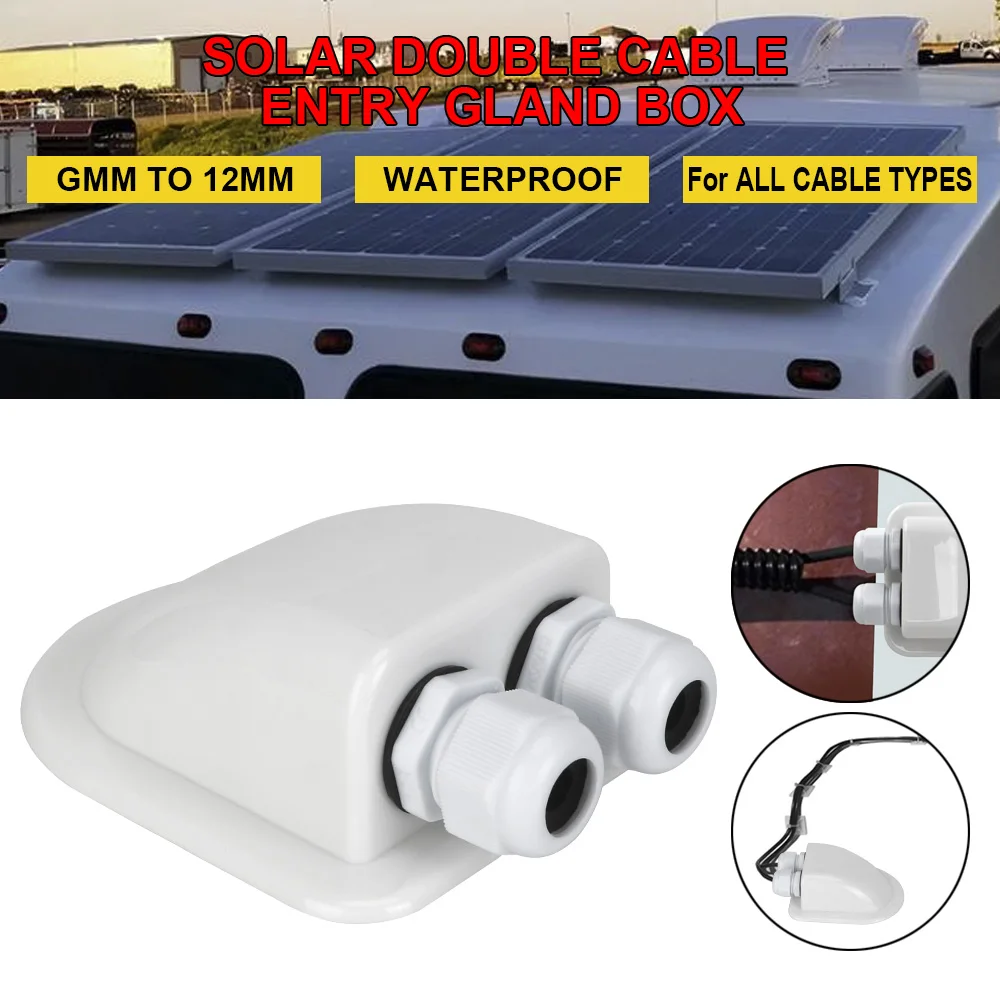
Alors, ce truc, "Boostez votre énergie solaire"… C'est quoi, exactement, hein ?
Mouais… Et concrètement ? Ça fait quoi, ce machin ?
C'est facile à installer ? Parce que moi et l'électricité... on n'est pas vraiment copains.
Ok, mettons que je l'installe... Ça va vraiment changer ma vie ?
Les avantages, vite fait, quoi.
Les inconvénients, alors ? Parce que tout n'est pas rose, hein.
Une anecdote? Un truc croustillant? Raconte-nous une histoire!
